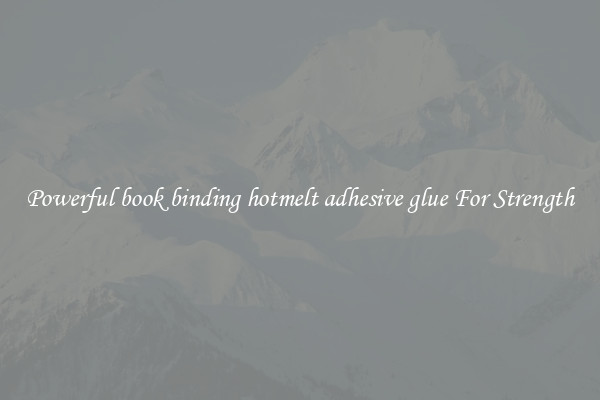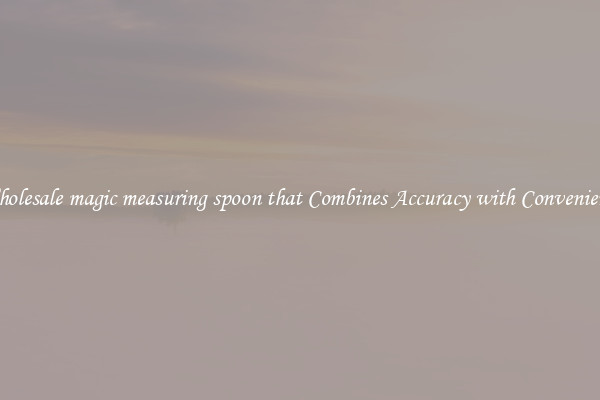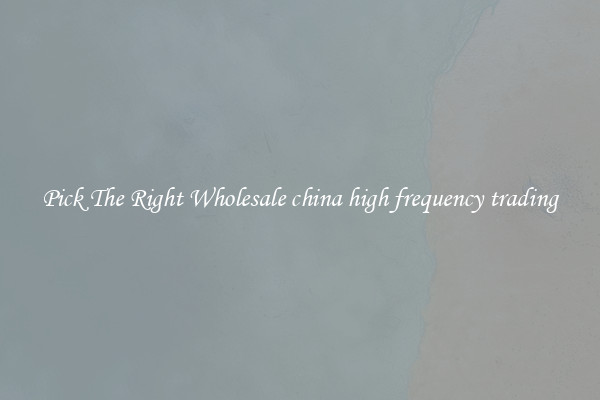Powerful book binding hotmelt adhesive glue For Strength
When it comes to bookbinding, a strong adhesive glue is essential to ensure that the pages of a book stay together for years to come. One of the most powerful and effective types of glue for bookbinding is hotmelt adhesive.

Hotmelt adhesive, also known as hot glue, is a thermoplastic adhesive that is heated to a liquid state and then applied to the spine of a book. The adhesive quickly solidifies as it cools, creating a strong bond that holds the pages of the book together.
One of the key benefits of using hotmelt adhesive for bookbinding is its strength. This type of glue is able to withstand the wear and tear that books are subjected to, ensuring that the pages do not come loose or fall out over time. This is especially important for books that will be used frequently, such as textbooks or reference materials.
In addition to its strength, hotmelt adhesive is also extremely versatile. It can be used to bind a wide range of materials, from paperbacks to hardcover books. It is also compatible with various binding techniques, such as perfect binding, saddle stitching, or spiral binding.
Hotmelt adhesive is also known for its fast setting time, making it ideal for high-volume bookbinding operations. The adhesive can be applied quickly and easily, allowing for efficient production processes.
Another advantage of using hotmelt adhesive for bookbinding is its durability. This type of glue is resistant to moisture, heat, and cold, ensuring that the pages of a book remain securely bound under various conditions.
Overall, hotmelt adhesive is a powerful and effective option for bookbinding. Its strength, versatility, fast setting time, and durability make it an ideal choice for ensuring that the pages of a book stay together for years to come. Whether you are a professional bookbinder or a DIY enthusiast, hotmelt adhesive is a reliable option for creating high-quality, long-lasting books.

View details

View details

View details

View details








